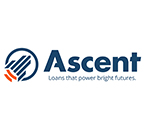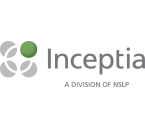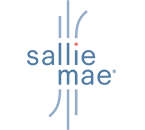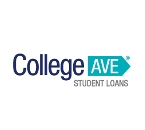Early FAFSA and PPY: Experiences at Four Institutions — an Update, 8:30 - 9:30 am
By Allie Bidwell, Communications Staff
Financial aid offices have seen many changes and challenges in the last year. Just one of those big shifts has been the move to using the Early FAFSA and prior-prior year (PPY) income data. In a Tuesday morning session, financial aid professionals from four institutions shared their experiences moving to Early FAFSA and PPY – including the preparations they took and the challenges they faced along the way.
These four institutions also participated in NASFAA’s implementation case study, and shared any updates that have occurred since the case study was published in October. The four representatives included: Raul Lerma of El Paso Community College, Eileen O’Leary of Stonehill College, Heather Hall Lewis of the University of Portland, and Gena Boling of the University of Missouri. Rachelle Feldman of the University of California, Berkeley moderated the session.
Overall, the panelists said communication played a large role in successful implementation. They stressed that it wasn’t just communication within the financial aid office that was important, but also communication with students (both new and returning) and parents, with other offices on campus, with campus administrators, and with members of the community.
The increase in communication was manifested in several ways across the case study campuses. Lerma said, for example, that his institution held Early FAFSA nights, and incorporated messaging about the change into new student orientation sessions. O’Leary said her institution made changes to both the financial aid and admissions websites, and changes to admission marketing materials. Lewis said that keeping in more constant contact with students helped bring in more enrollment decisions. Many students who received a second reminder about their award packages before May 1 went on to send in a deposit, she said. Boling said her office established a small committee to determine at which points Early FAFSA and PPY would impact students, and develop communication strategies for new and returning students. Based on that work, Boling said the committee identified who the other major stakeholders were on campus and brought them into the conversation early.
However, there were still challenges during the first year of implementation. For Lerma, he said the biggest obstacle to overcome was changing the mindset of returning students, dealing with late applicants, and navigating issues stemming from the IRS DRT outage. O’Leary brought up the issue of merit scholarship renewals and determining Satisfactory Academic Process when the packaging was happening before grades from the spring semester were available – the office had to make a decision about what to do and how to communicate that decision to students.
Publication Date: 6/27/2017












You must be logged in to comment on this page.